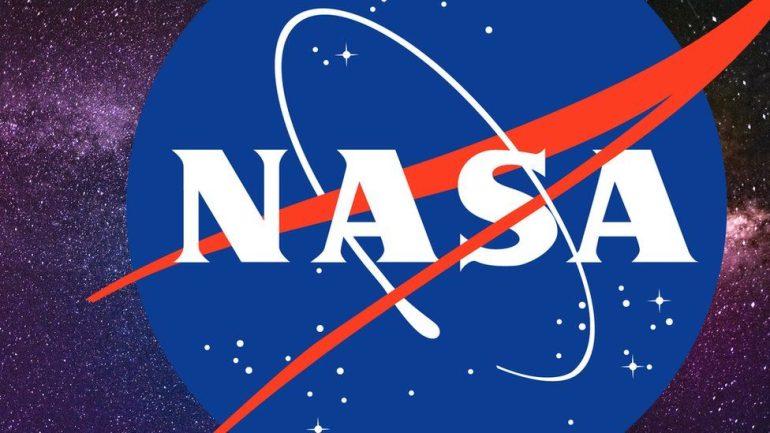- NASA emphasizes responsible AI usage for the betterment of humanity.
- Agency appoints David Salvagnini as first AI chief to enhance workforce AI literacy.
- Concept of “assistive intelligence” underscores human accountability in AI utilization.
- NASA acknowledges AI’s potential for efficiency gains but prioritizes safety, transparency, and reliability.
- Pam Melroy highlights AI’s promise in accelerating scientific discoveries and streamlining tasks.
- Responsible AI management crucial to safeguarding NASA’s integrity and mission.
Main AI News:
NASA’s commitment to safety remains unwavering as it embraces the burgeoning power of artificial intelligence (AI). With AI technologies evolving at an unprecedented pace, the space agency recognizes both the potential for transformative discoveries and the inherent risks associated with their utilization.
In a recent AI town hall, NASA Administrator Bill Nelson underscored the importance of employing AI ethically for the betterment of humanity. “There’s a lot of risk with AI,” Nelson emphasized, “because if it’s employed in ways that are not for the betterment of humankind, then it could be disastrous.”
Acknowledging AI’s capacity to enhance efficiency, Nelson stressed the imperative of adhering to NASA’s core principles of safety, transparency, and reliability. Despite NASA’s longstanding integration of AI into various operations, the agency is intensifying its efforts to comprehend, develop, and deploy AI technologies responsibly.
David Salvagnini, NASA’s inaugural AI chief, highlighted the agency’s proactive measures to bolster AI literacy among its workforce. Through initiatives like the upcoming “Summer of AI,” NASA aims to equip its personnel with the knowledge and skills necessary to leverage AI effectively.
Emphasizing the concept of “assistive intelligence” over “artificial intelligence,” Salvagnini advocated for a human-centric approach to AI utilization. “The AI is not accountable for the outcome,” Salvagnini asserted. “The person is; the human is.”
Drawing parallels with weather forecasting, Salvagnini emphasized the importance of understanding AI’s capabilities and limitations. Responsible AI usage entails a recognition of human accountability and informed decision-making, he noted.
While addressing AI safety concerns, NASA Deputy Administrator Pam Melroy highlighted the vast potential of AI to revolutionize scientific exploration. By expediting data analysis and uncovering new insights, AI promises to catalyze breakthroughs in heliophysics, Earth science, and astronomy.
Melroy also underscored the role of AI in streamlining mundane tasks, thereby enabling NASA employees to focus on more complex challenges. However, she cautioned against complacency, emphasizing the need for responsible AI management to safeguard the agency’s integrity and mission.
Conclusion:
NASA’s strategic approach to AI reflects a commitment to balancing innovation with safety and accountability. As AI continues to evolve, businesses must prioritize responsible usage to mitigate risks and capitalize on its transformative potential. This entails fostering AI literacy among employees, maintaining transparency, and adhering to ethical standards to ensure long-term success in the market.

